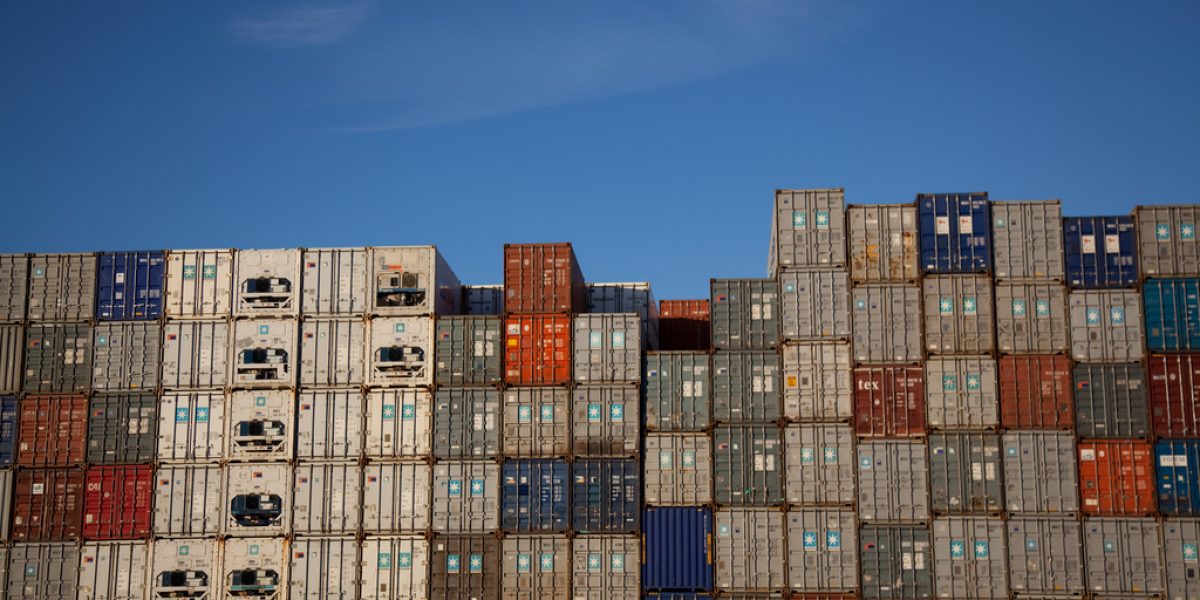Thus far, however, it has failed to live up to its potential. AGOA has seen numerous success stories since its commencement in 2001 – such as the growth of automotive exports from South Africa to the US – but the broader picture has been disappointing. US imports from Africa continue to be dominated by energy commodities, which account for 88% of AGOA country (excluding South Africa) exports to the US. Of the top 10 African exports to the US, AGOA offers a major competitive boost in textiles, but little else. Even where the deal does grant a tariff advantage, African companies must still grapple with complex standards and rules of origin that often discourage otherwise competitive producers from exporting.
This weak performance should not raise questions about the importance of AGOA but rather serve to highlight how underutilised the preferences remain. The current legislation expires in October 2015 and, while renewal looks likely, this could be the last version of AGOA to offer non-reciprocal access. African countries and the US must seize the opportunity while it remains, maximising the untapped potential of AGOA preferences. A comprehensive strategy to do so should involve four pillars: core renewal of AGOA; assistance in overcoming non-tariff barriers to entering the US market; infrastructure development to boost competitiveness; and planning around a rapidly evolving global trading system.








